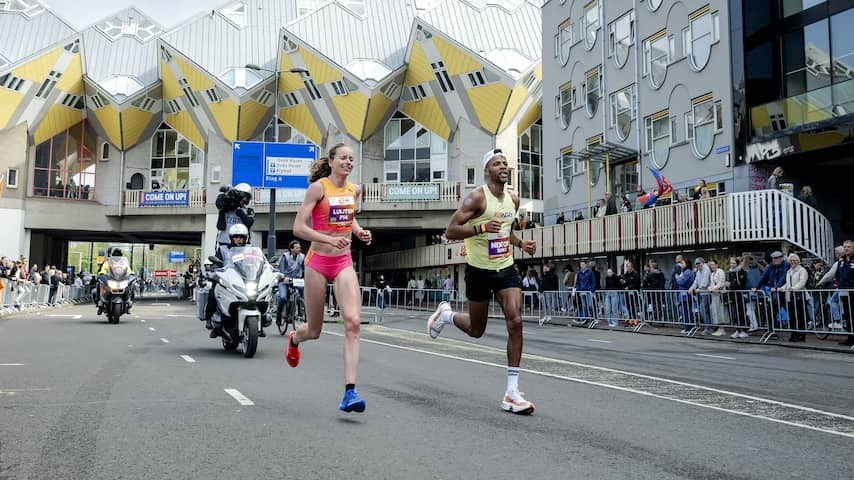
The heart of female top athletes adapts differently than the heart of male top athletes. This important discovery should help doctors to detect possible heart diseases in female top athletes more quickly.
Scientists compared the heart of 173 female top athletes with the heart of women who do not practice top sports. They did this for a new study by Amsterdam UMC in collaboration with sports umbrella organization NOC*NSF.
The study shows that the ventricles of women who practice top sports become wider. This ensures that the heart can pump more blood through the body and provide the muscles with more oxygen and energy, researcher and sports cardiologist Harald Jorstad explains to NU.nl.
That is different from men. In male top athletes, the heart muscle often becomes thicker and wider than the heart muscle of a man who does not practice top sports. “We thought it would be a bit the same for women, but apparently it works differently,” says Jorstad.
Research should detect heart diseases in time
It is still unclear exactly why the heart of male and female top athletes develops differently. But the fact that the sports heart adapts differently is already an important discovery. A thickened heart muscle is also a symptom of heart disease.
“If a female top athlete used to have a thickened heart muscle, it might have been concluded that it had to do with top sports. Now we know that we have to look at this extra carefully, because it could just be a heart disease,” says Jorstad.
According to the researcher, there have “certainly been several abuses” in the past, “for both men and women.” “But because we lacked data from women, it certainly happened that we didn’t know whether something was healthy or not.”
Type of sport also influences heart adaptation
In addition to the differences between men and women, there are differences in types of athletes, the study says. For example, female endurance athletes, such as cyclists, had larger ventricles than strength athletes, such as gymnasts. It shows that the heart also adapts to the type of stress.
Follow-up research is important according to Jorstad to map this further. “Can we call something a football heart, a cycling heart or a gymnastics heart?”, he wonders. In addition, research is needed to find out what happens to the heart when top athletes end their top sports career.